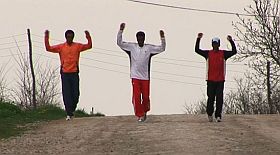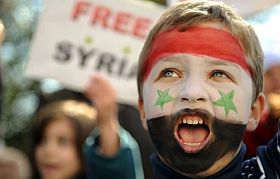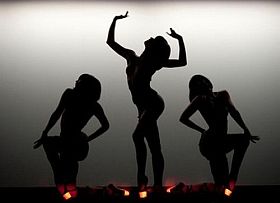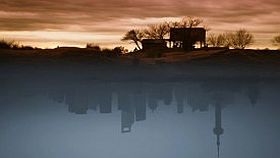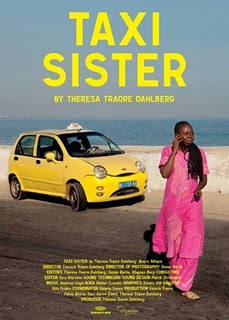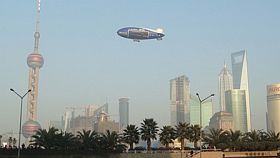


Artavadz Pelešjan

… is the name of one of the greatest auteurs in documentary history. A film has been made about him that will premiere at the Venice Film Festival (August 31 – September 10). Emanuele Vernillo (filmmaker and didactic tutor at Zelig Film School), assistant director on the film, that is directed by Pietro Marcello, has written this text about the film for filmkommentaren. Below a link to YouTube where some of Pelesjan’s work is available, the most famous being “Seasons”. Photo from “Us”:
‘Il silenzio di Pelešjan’ (Pelešjan’s silence) is a portrait about the great armenian film director Artavadz Pelešjan. The film deals with the strong, and still not recognized, artistic experience of Artavadz Pelešjan, from his arrival in Moscow from Yerevan in the early ’60s, passing through the years spent at the renowned film school in Moscow VGIK and arriving to the intense film production of Pelešjan, who has written several essays on film-making, stating that his interest in film and in montage relies not on the historical definition of montage as ‘union of closed framings’, rather on the emotional field created by the interaction of distant elements, the so-called ‘theory of the distant montage’. The film is built of extracts of Pelešjan’s films, archive material and material shot, in super 16mm, in Moscow by a small film unit directed by Pietro Marcello (‘La Bocca del Lupo’).
The film has been promoted by Enrico Ghezzi and Stefano Francia di Celle for ‘Fuori Orario’, a famous television italian program on cinema, which is broadcasted at nights from friday to sunday:
‘Il Silenzio di Pelešjan’
directed by Pietro Marcello
produced by: Zivago Media
in association with: Kinesis Film and Avventurosa Film
in collaboration with: Rai Cinema
executive producers: Rino Sciarretta and Simone Gattoni
editing: Sara Fgaier
assistant director: Emanuele Vernillo
